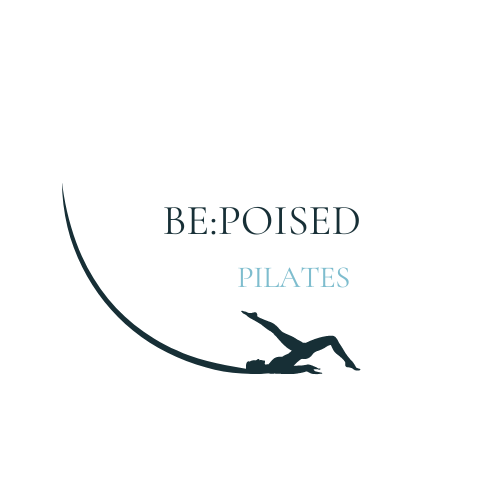SPOTLIGHT ON…THE BARRELS
The barrels all have something in common, which is their curved, barrel like form. It is said that Joseph Pilates’ first barrels were made out of an empty beer keg! It’s fair to say they have some some way in their design and functionality. The barrels serve to mobilise and strengthen the spine, but this is Pilates…so of course they work the whole body! Let’s take a closer look…
THE LADDER BARREL
The Ladder Barrel consists of two parts; a large curved barrel and an upright wooden ladder. The curved surface of the body encourages the spine to move through a greater range of movement than can be achieved on the mat or other apparatus. The ladder rungs are there to provide a base of stability through the feet or hands (depending on which way you are using it). The space between the ladder and the barrel means part of your body is almost always free in space, which encourages integrated full body work as you combine stability of one part of the body with mobility of another. Some of the more advanced exercises on the Ladder Barrel can feel almost acrobatic and you truly feel epic when mastering them!
One of my favourite exercises to teach on the Ladder Barrel is Swan, as it really helps you understand the movement before taking it onto the Reformer, and takes you through such a lovely range of movement - it just feels amazing to do!
THE STEP BARREL
The Step Barrel is also known as the “Spine Corrector” and when you use it you can quickly see why. The Step Barrel comprises of an arc (or barrel) and a wedge-like step. It is a comparatively small piece of apparatus but don’t let its size deceive you.
One of the members of the ground team at our Lavant House site once mistakenly referred to the Spine Corrector as the “Spine Cracker”. I have to admit, an early morning roll back over the barrel makes me realise that technically he wasn’t wrong!
For a comparatively small piece of equipment the Step Barrel is deceptively versatile. It can be used to give you extra support, help you find connections you are otherwise missing in your work, and to challenge your strength & stability.
Some Step Barrels have been designed so that they fit over the shoulder rests of a Reformer, further expanding the repertoire available. Some, like the ones we use in our Mat+Barrels class, a light and portable, and have a variable degree of curve on one side compared to the other. We can adjust how we use the barrel to best suit the individual.
THE BABY ARC
The Baby Arc is a variation of the Step Barrel, with the step element removed and a smoother, gentler arc. This is ideal for those who have more limited spinal mobility or are new to the barrel work.
THE BARRELS AS PART OF THE PILATES SYSTEM
The barrels are an integral part of the Pilates system. They help facilitate spine mobility in such a way that cannot otherwise be easily replicated on the mat or other apparatus. In today’s lives, where we spend much of our time hunched forward over computers and mobile phones, they offer a wonderful way to counterbalance this. Helping us elongate and open out.
The Step Barrel in particular is wonderful in its versatility. I will sometimes use the Step Barrel to help clients understand, prepare for or better perform certain exercises on the mat or Reformer. It is a great tool for this and certainly focusses your attention!
The barrels are an integral part of the apparatus studio. In our studio we have a beautifully hand crafted Ladder Barrel, that has been made to reflect traditional dimensions. We also have a range of Spine Correctors, including a lovely BASI Spine Corrector with its orthopaedic padded cushioning and easy grip handles. We have several lighter, more portable Spine Correctors that are most often used in the mat studio for our Mat + Barrels class - a brilliant class for those wanting a shorter workout that really makes you work hard! The Arc is a great tool to support clients with specific needs during mat work. I LOVE the barrels, and I am sure you will too!



